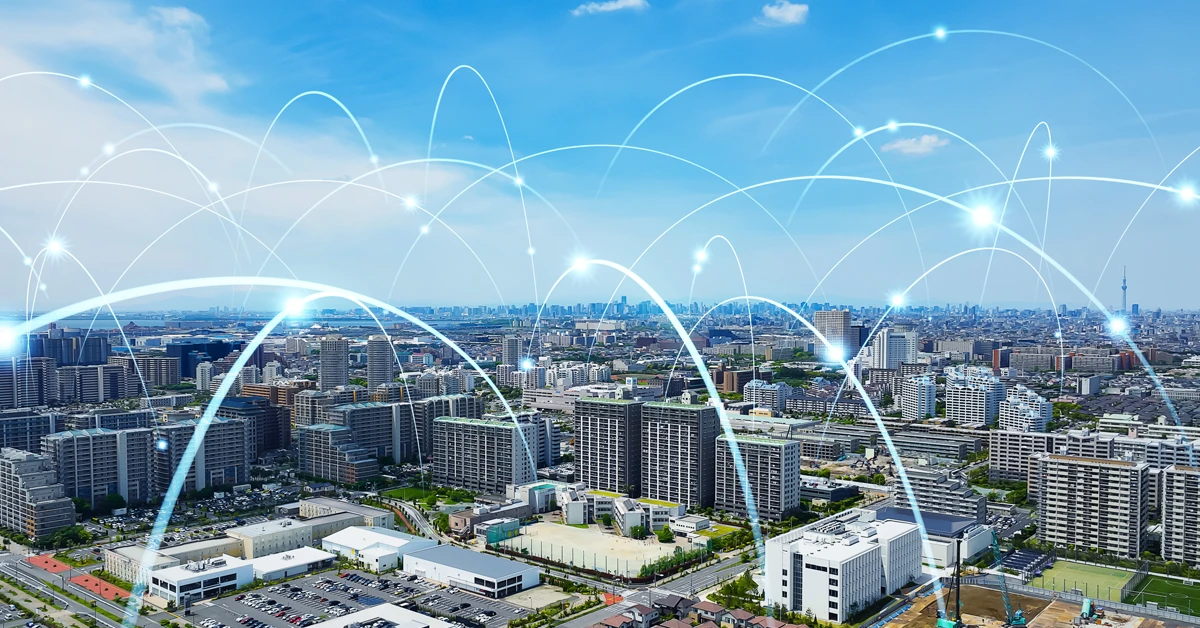

The main components of an internet backbone network include high-capacity routers, switches, and fiber optic cables. These components form the infrastructure that allows for the transmission of large volumes of data across long distances at high speeds. Additionally, internet backbone networks are interconnected through various points of presence (PoPs) to ensure redundancy and reliability in data transmission.
Internet backbone providers ensure high-speed connectivity between different regions by investing in a robust network infrastructure that includes multiple data centers strategically located around the world. By establishing direct peering relationships with other networks and utilizing advanced routing protocols, providers can optimize the flow of traffic and minimize latency, resulting in seamless connectivity for users across the globe.
Multi-dwelling unit (MDU) residents no longer just expect a roof over their heads; they demand a reliable connected existence. Connectivity is key. The internet isnot only an indispensable utility, but one that MDU residents expect property owners to provide. This post explores why a reliable internet service is crucial for property management and the potential consequences of dead spots, slow speeds, and internet downtime.

Posted by on 2024-02-07
Greetings from the technical forefront of Dojo Networks, your community’s internet service provider. In this article, we embark on a technical journey to explore the intricacies of WiFi connectivity within your apartment complex. As WiFi ninjas, we'll delve into the advanced mechanisms and protocols underpinning our managed network, detail the disruptive influence caused by personal routers, and explain why a unified approach from all residents is essential for ensuring optimal internet performance.

Posted by on 2024-01-18
It’s in our DNA. It made us who we are. DojoNetworks got its start more than 20 years ago as an internet company selling retail direct to MDU residents. We sold against the big carriers… one customer at a time. To win over–and retain–customers who assumed the cable company was their only option, we had to provide better value and better service. No other service provider in our industry, no one, has this amount of direct-to-customer experience or success. The carriers were used to being the only game in town, and the other MSPs all started with bulk, knowing they had a captive audience. A few MSPs are just now starting to offer opt-in service and have a year or two of experience.

Posted by on 2023-10-30
Smart apartment buildings, equipped with cutting-edge technology and automation systems, are becoming the new standard in property management. In this comprehensive guide, we will explore the concept of smart apartment buildings, the benefits they offer to owners and tenants, how to build or upgrade to one, the key features and technologies involved, and the steps to plan and implement a smart apartment building strategy.

Posted by on 2023-09-25
Internet exchange points (IXPs) play a crucial role in enhancing internet backbone connectivity by serving as physical locations where different networks can interconnect and exchange traffic. By connecting to an IXP, internet backbone providers can reduce the cost of data transmission, improve network performance, and increase the overall efficiency of data routing between different regions.

Content delivery networks (CDNs) contribute to improving internet backbone performance by caching and delivering content closer to end-users. By storing copies of web content on servers located in various geographic locations, CDNs reduce the distance data needs to travel, resulting in faster load times and improved user experience. This distributed approach to content delivery helps alleviate congestion on internet backbone networks and enhances overall network performance.
Some of the challenges faced by internet backbone providers in maintaining reliable connectivity include network congestion, DDoS attacks, hardware failures, and natural disasters. To address these challenges, providers implement redundancy measures, such as backup links and data centers, to ensure continuous operation in the event of disruptions. Additionally, ongoing monitoring and maintenance of network infrastructure are essential to proactively identify and resolve issues that may impact connectivity.

The use of fiber optic cables significantly impacts the speed and reliability of internet backbone connections due to their ability to transmit data at high speeds over long distances. Fiber optic cables have a much higher bandwidth capacity compared to traditional copper cables, allowing for the rapid transmission of large volumes of data. This technology enables internet backbone providers to deliver high-speed connectivity to users around the world and support the increasing demand for bandwidth-intensive applications and services.
MDU Internet Infrastructure Used Currently For Commercial Applications in 2024
Emerging technologies such as 5G networks, edge computing, and software-defined networking (SDN) are expected to revolutionize internet backbone connectivity in the future. 5G networks will offer faster speeds and lower latency, enabling new applications and services that require real-time data processing. Edge computing will bring computing resources closer to end-users, reducing the reliance on centralized data centers and improving network efficiency. SDN will provide greater flexibility and control over network traffic, allowing providers to dynamically adjust routing and bandwidth allocation to meet changing demands. These technologies will shape the future of internet backbone connectivity and drive innovation in the digital landscape.

Residents of MDUs have access to a variety of support channels for internet-related issues and inquiries. These support channels may include a dedicated customer service hotline, online chat support, email support, and in-person support at a local office or service center. Additionally, residents may be able to find helpful resources on the provider's website, such as troubleshooting guides, FAQs, and community forums. Some providers may also offer support through social media platforms or mobile apps. Overall, MDU residents have a range of options available to them when seeking assistance with their internet services.
MDU broadband solutions, also known as multi-dwelling unit broadband solutions, differ from single-family residential deployments in several key ways. MDU broadband solutions are specifically designed to meet the unique needs of apartment buildings, condominiums, and other multi-unit residential complexes. These solutions often involve the installation of fiber-optic networks, Ethernet connections, and wireless access points to provide high-speed internet access to multiple units within the same building. In contrast, single-family residential deployments typically involve the installation of a single internet connection for a standalone house. MDU broadband solutions may also include features such as centralized management systems, bulk billing options, and shared amenities to accommodate the needs of multiple residents living in close proximity. Additionally, MDU broadband solutions often require specialized equipment and installation techniques to ensure reliable connectivity in a densely populated environment.
ONTs in MDU fiber optic installations are typically deployed and managed using a centralized approach, where a main distribution frame (MDF) is utilized to connect multiple ONTs within the building. The ONTs are installed in each individual unit or apartment, with fiber optic cables running from the MDF to each ONT location. Once installed, the ONTs can be managed remotely through a network management system, allowing for easy monitoring and troubleshooting of the network. This centralized management approach ensures efficient deployment and maintenance of the ONTs in MDU fiber optic installations.
Traffic engineering mechanisms are commonly applied in MDU internet networks to optimize network performance and ensure efficient data transmission. These mechanisms include Quality of Service (QoS) protocols, such as DiffServ and MPLS, which prioritize certain types of traffic based on their importance or sensitivity to delays. Bandwidth management tools, like traffic shaping and traffic policing, help regulate the flow of data to prevent congestion and ensure fair distribution of resources among users. Additionally, network monitoring and analysis tools are used to identify bottlenecks and optimize routing paths for improved performance. By implementing these traffic engineering mechanisms, MDU internet networks can deliver a reliable and high-quality service to their residents.